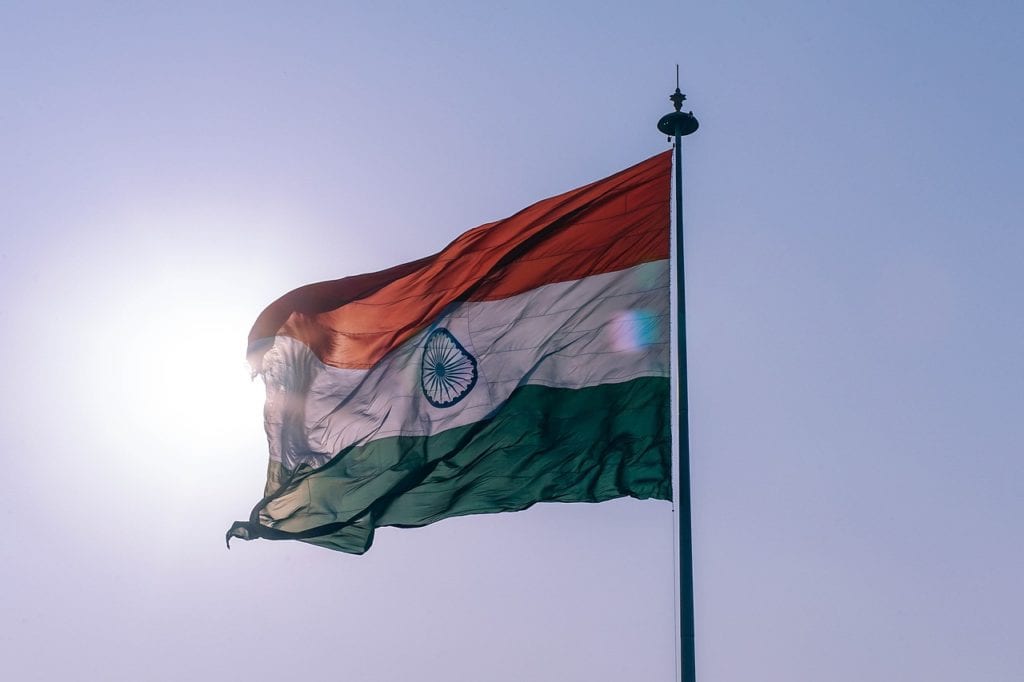Testing for rare conditions can be costly and time-consuming. In India, testing for spinal muscular atrophy (SMA), a rare genetic disorder, has traditionally cost between 3500 INR to 7000 INR (approx. $41.93 to $83.86). While this may seem low to Americans, it is a significant expense to Indian families when considering average income levels and limited access to healthcare resources. For many, this cost poses a financial burden, potentially delaying diagnosis and treatment.
Families in Noida, a city in India’s northern state of Uttar Pradesh, now have another option. Ashni Dhaor writes in Hindustan Times that the Postgraduate Institute of Child Health in Noida is now offering free testing for spinal muscular atrophy. The free testing was launched on May 1, 2024. Since its onset, it has already identified and diagnosed children with SMA—such as Vihaan, a two-year-old boy from another town in Uttar Pradesh. The hospital hopes to be a referral center and to take in patients from other areas of the state.
This testing, funded in part by a non-governmental organization (NGO), offers the potential to bridge gaps and reach patients and families from lower socioeconomic backgrounds, improving equity in the diagnostic and treatment space.
Understanding Spinal Muscular Atrophy
An estimated one in every 38 people in India, and one in every 40-50 people worldwide, is a carrier for the gene mutation which causes spinal muscular atrophy. When the SMN1 gene mutates, it causes motor neuron death. Motor neurons are essential for transmitting signals from the brain and spinal cord to muscles throughout the body, and their degeneration leads to the progressive muscle weakness and atrophy characteristic of SMA.
There are different SMA subtypes (prenatal, I, II, III, and IV) which differ in age of onset, symptom severity, and expected lifespan. Some symptoms that might be observed across these subtypes include muscle weakness and atrophy in muscles like the shoulders, thighs, hips, and upper back; hypotonia (loose or floppy muscle tone); difficulty breathing and swallowing; difficulty sitting, standing, crawling, or walking; frequent respiratory infections; tremors in the hands and fingers; abnormal spinal curvature; joint contractures; and fatigue.
While there still isn’t a cure for SMA, there are various approved treatments that can manage symptoms and improve motor function.






